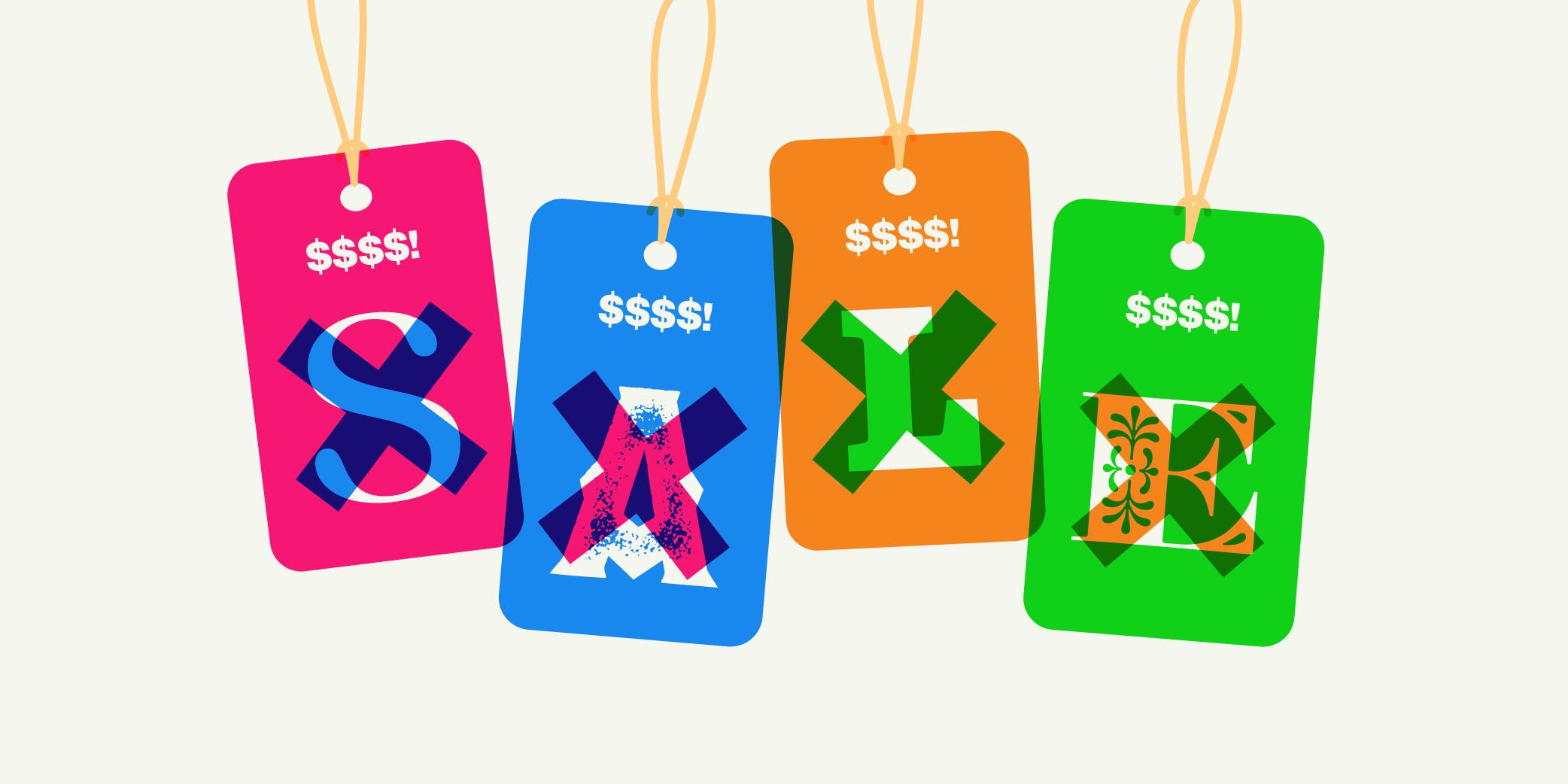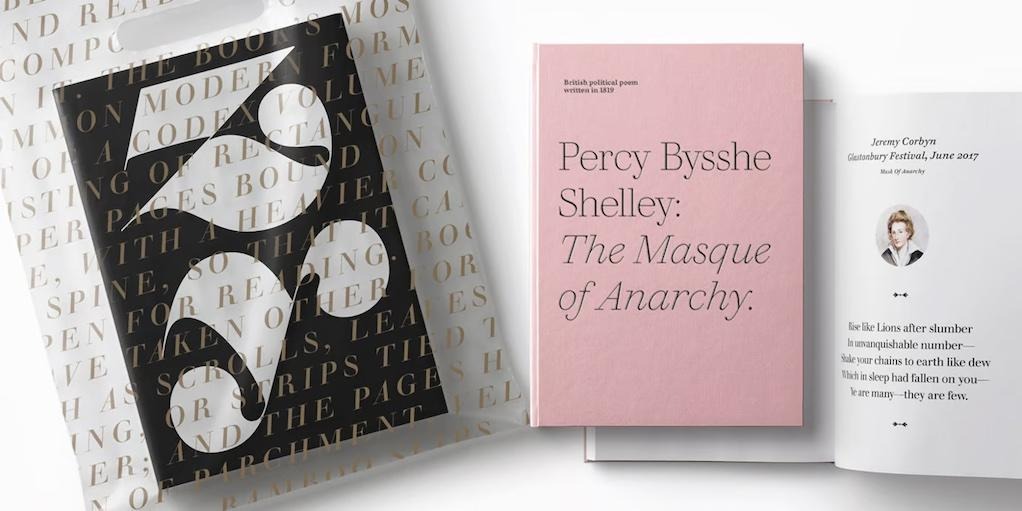Perils of continual font discounting.

Type is essential in graphic communication. It attracts attention, draws readers into content, impacts readability, establishes brand identity, and creates atmosphere. Good typography also enhances hierarchy, guiding viewers through textual content.
While fonts bring value to print and digital messaging, frequent price discounting can devalue fonts and shy customers away from font offerings.

Frequent price discounts of font prices can hurt business. Extensive studies from sources such as Linkedin, InsideBE and Pricing Solutions have confirmed the following.
- Frequent price discounts can diminish the perceived value of products in the eyes of customers. When graphic communicators consistently see fonts on sale, they often begin to associate lower prices with lower quality. This mindset can make them hesitant to pay full price in the future, potentially harming long-term foundry revenue and brand perception.
- Designers and graphic communicators normally purchase fonts for a specific project. They may intentionally avoid font purchases from foundries that frequently discount – unless they happen to be on sale. This behavior can result in unpredictable revenue streams. Such a delayed buying mindset not only hinders consistent cash flow but can also complicate long-term investment in font development.
- Constant discounting can inadvertently shape a foundry’s identity as budget-oriented or discount-focused, which conflicts with attempts to itself as a premium font developer. This can drive away designers who seek high-quality, prestigious products. Ultimately, frequent discounts can dilute brand equity and hinder efforts to attract discerning consumers seeking high quality and trending-setting typeface designs.
- Once customers become accustomed to frequent discounts, breaking this habit can be challenging. They often develop an expectation for reduced prices, leading to frustration when discounts time out. This reaction can result in negative feelings toward the foundry, as loyal customers feel misled or deprived. It also undermines initiatives aimed at establishing a more consistent pricing strategy and foundry brand image.
Discounts can provide a temporary lift in revenue – but they’re like putting a bucket under a leaky roof. They may increase font sales the first or second time, but they’re a short-term fix – and roof leaks tend to get worse. Better solutions are a re-evaluation of your font pricing and additional merchandizing.

If you are concerned about your font pricing or looking for assurances that you’re on the right track, Monotype offers in-depth guidance on how to establish the value of your font products. Click here for some great advice on how to price fonts.
Better Ways to Merchandise Fonts
There are two simple ways to potentially increase font sales.
- Take full advantage of landing page font specimens
- Join the Monotype Foundry Program
Take Advantage of Font Specimens
This aligns with the classic sales adage: people don’t buy ¼ inch drills; they buy the capability to create ¼ inch holes. Font specimens can be powerful font merchandising tools. The core concept behind font specimens is that customers are not just purchasing fonts; they’re buying the ability to solve design problems and create exceptional typographic design.
Displaying fonts in use offers numerous advantages to market fonts to designers, brand managers, and graphic communicators. Font specimens help convey intended use and personality of a font or font family. They can illustrate how typefaces enhance communication, evoke responses and create cohesive visual identity. These contextual applications allow customers to envision how a particular font will perform in various applications – instilling confidence in their choice.



When fonts are shown in real-world applications, it can inspire creativity in both seasoned designers and those new to graphic communication. Font specimens also foster informed decision-making and can ensure alignment with project objectives.
Join the Monotype Foundry Program
By being part of the program, you’ll have enhanced discoverability, access to the latest font sales tools and features, enhanced earnings reporting and customizable partnership models – all while maintaining complete control of your brand. Click here to Learn more about the Monotype Foundry Program.
By joining the Monotype Foundry Program, your fonts also become part of Monotype Fonts; a cloud-based subscription service for Monotype customers. Designed to streamline font discovery, usage, licensing, and deployment, subscribers have access to over 150,000 fonts and a powerful suite of AI tools. Monotype Fonts seamlessly enables font users, from small teams to large brands, to streamline workflow, easily manage font licensing and take control of their font needs.
You will have the peace of mind that your fonts are licensed and managed consistently, ensuring the safeguards that are so important to protecting your intellectual property.
While frequent price discounts aren’t an effective strategy for generating font sales, font specimens, the Monotype Foundry Program and Monotype Fonts are powerful tools that clearly are.
